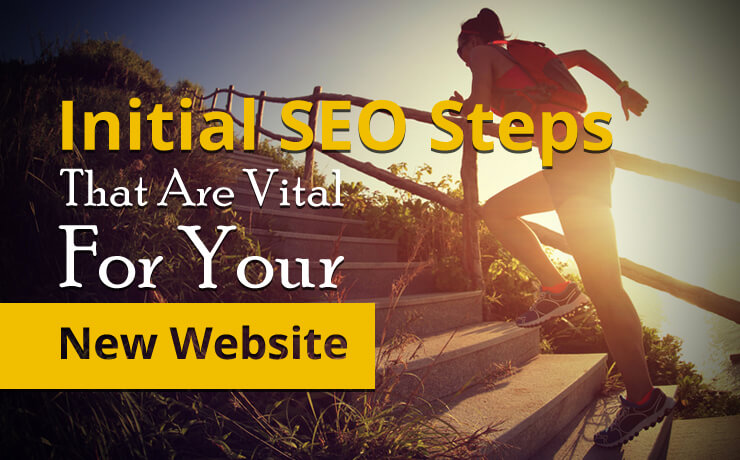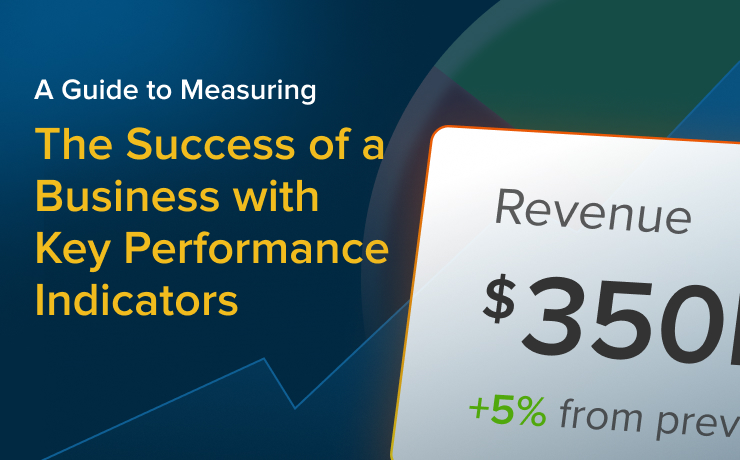Initial SEO Steps That Are Vital For Your New Website

Chad Faith
Director of Content

When you have finally launched new live site, you may find getting it into the search index a potentially daunting task. It’s important to familiarize yourself with the best SEO practices so that your website will not be left in the dark. People need to know that your website exists! Without clicks, there will be no visitors. Without visitors, you are not going to get the word out about your products or services.
Both SEO and web design are not rocket science. While it’s true that mastering the subtle nuances may take effort and time, the truth is one does not need to spend years learning the ropes to optimize his or her website properly. If you are just getting started with a new site, below are some basic guidelines to help you get a solid SEO start. Time to get to work!
Before You Proceed: Know What Search Engines Are Looking For
Google, Yahoo and Bing are some of the major search engines that everyone uses these days. These search engines are programmed to direct users to sites that feature content that are relevant to what they are searching for. The relevancy is often determined by four main elements: user experience, authority, performance and content. Know these factors for a start as they are used to determine which site is more relevant and allow it to appear higher (in rank) in search engine results pages (SERPs).
Step One: Link Building
Links are still regarded as an important ranking factor and are great indicators of what content is important and relevant. Knowing this, you should not be aiming to get hundreds of links quickly. You need to get authority and quality websites to link to your website. You should focus on creating purposeful content that can instantly connect with the right people and motivates them to link to your content and/or share it online. You can also start building relationships with influencers and convince them that your content is share-worthy.
Step Two: Perform a Technical Setup
Next, you are ready to set up Google Analytics. After verification, you can measure the effectiveness of your SEO efforts and monitor your site’s performance. In addition, you can set up Bing and Google Webmaster Tools to find out who is linking to your site, whether your site has any issues that require prompt rectification and more. If you want to optimize your content in a seamless manner, installing SEO plugins will help greatly. If there are certain (more than one) sites you want search engines to ignore while crawling, you can use robots.txt to include a list of the necessary commands.
Step Three: Optimize Your Website Code
When you start writing content for your site, you also need to optimize your website’s code so search engines can read your content too. Firstly, you need to adhere to a SEO-friendly URL structure. Next, you need to use unique title tags and ensure your meta description tags effectively summarize the content on your page. Moving forward, you can protect your content with rel=”publisher” markup. Lastly, do remember to practice interlinking. The latter refers to linking on certain words or phrases within the body text of your pages.
Step Four: Research and Use Effective Keywords
Never forget to do proper keyword research to find out which words resonate best with your target audience when they are searching for your services or products. If you set aside time to do this, you can uncover keywords that are not only relevant to the content on your site, but have low competition and yet enjoy a high search volume!
In SEO, there are no shortcuts. Trying anything shady will just get you penalized and it’s never worth it. If things get difficulty along the way, you can engage a SEO professional to help you reach your goals.
 Free
Consultation
Free
Consultation Free
Google Ads Audit
Free
Google Ads Audit







